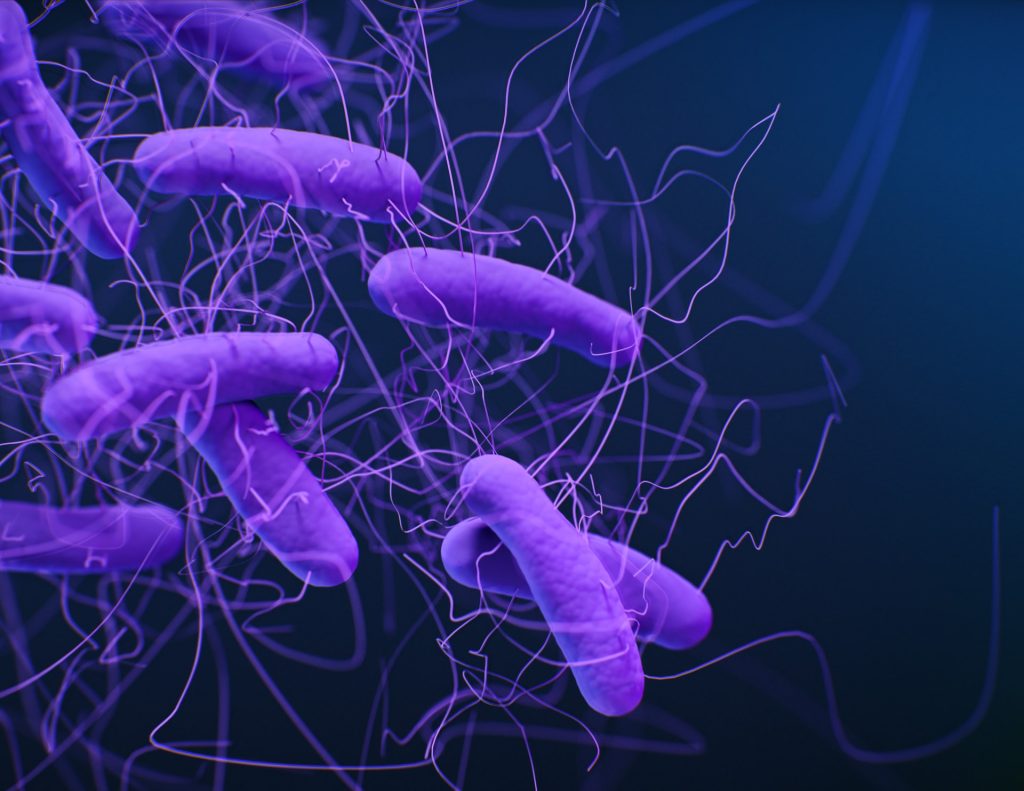
A study in rats showed that gut microbiomes and antibiotic use could modulate inflammatory pain.
Published in The Journal of Pain, the study examined the impact of antibiotics on the gut microbiome and how antibiotic use can alter inflammatory pain in subjects with or without access to exercise.
According to Glenn Stevenson, Ph.D., professor of psychology within the School of Social and Behavioral Sciences, this is the first publication to assess how antibiotic-induced changes to the gut microbiome impact inflammatory pain distal to the gut (in the limbs, for example).
The study determined the effects of vancomycin on inflammatory pain-stimulated and pain-depressed behaviours in rats, which was induced with formalin. Oral vancomycin administered in drinking water attenuated pain-stimulated behaviour, and prevented formalin pain-depressed wheel running. Faecal microbiota transplantation produced a non-significant trend toward reversal of vancomycin’s effect on pain-stimulated behaviour. Vancomycin depleted Firmicutes and Bacteroidetes gut populations while partially sparing Lactobacillus species and Clostridiales. The vancomycin treatment effect was associated with an altered profile in amino acid concentrations in the gut.
The results indicate that manipulation of the gut microbiome may be one method to attenuate inflammatory pain amplitude. Additionally, results indicated that the antibiotic-induced shift in gut amino acid concentrations may be a causal mechanism for this reduction in pain.
The research for this study took four years to complete, Prof Stevenson said, adding that the link between amino acids and pain reduction is “highly novel.”
Source: University of New England

